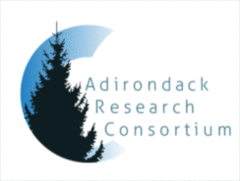Article Title
Abstract
Low density rural sprawl, or exurban development, results in significant negative impacts on wildlife including birds. We describe the results of a decade of field studies to document the response of birds and other taxa to exurban development in the Park. We have investigated: the size of the ecological impact zone associated with exurban houses and roads in the Adirondacks, the characteristics of avian communities before and after residential construction, whether exurban development alters the health of individual birds, whether the ecological context of the development regulates the intensity of its impacts, and how individual land ethics and land use decisions, operating with a regional land use context, shape human impacts on biological communities. We briefly describe these studies and draw conclusions across them to provide insight into the state of the birds in the exurban Adirondacks. Broadly, we find that: the size of the impact resulting from exurban development can exceed its physical footprint significantly, changes in avian communities associated with exurban development do not appear to be driven solely by the associated road network, these changes can be very rapid and are consistent across some taxa and ecosystems, predation pressure may be a key mechanism, the attraction effect of exurban development may be stronger than the deterrent effect, and the most prevalent pattern of change is one of simplification of avian communities. Neotropical migrants may be a particularly sensitive group in the Adirondacks.
Recommended Citation
Glennon, Michale J. and Kretser, Heidi E.
(2015)
"State of the Birds in Exurbia,"
Adirondack Journal of Environmental Studies: Vol. 20:
No.
1, Article 8.
Available at:
https://digitalworks.union.edu/ajes/vol20/iss1/8




